We set off from home mid-morning, aiming to arrive at Rutland Water for midday and an early lunch; we'd taken a packed lunch and so didn't get to the Egleton Reserve Visitor's Centre until we'd eaten. Looking through the screen we saw a jay departing the feeder area - the only bird we saw at the feeders then and when we passed at the end of the day.
We headed for the lagoons to the north and saw no species of note as we went. Arriving at the Redshank Hide we noted there were very few birds showing but did pick out a distant curlew. A few teal and mallard flew in and out and a few black-headed gulls darted around in the wind.
There was little more of interest on Lagoon 2 and so we moved onto Lagoon 4, stopping in both Sandpiper and Dunlin Hides. There were wigeon on the water but the noteable species were two Egyptian geese and a flock of golden plover resting amongst lapwing. Occasionally the lapwing and goldies would take to the wing but there was never any sign of a raptor that may have spooked them.
We hung around for a while, moved to the Plover Hide, but failed to add anything extra. We crossed to Bittern Hide and thankfully picked up three black-tailed godwits sleeping out in the bay. A distant great-white egret disappeared into the reeds and a dozen or so pochard fished in a tight group. Moving down to the Shoveler Hide didn't raise anything special but gave a different view of the blackwits. Down passed Buzzard Hide we met a group of three birders coming the other way who suggested we continue on as there were a number of great white egrets showing. We reached the Crake Hide and found there were indeed nine great whites fishing together.
One or two of the great white egrets were mobile and often there were fewer fishing together, still a spectacle. We watched a comical little egret beside a small waterfall – it appeared to be hoping for its lunch to be delivered over the falls.
We searched around the remainder of the reserve but couldn't add to the 39 species recorded. We set off to Oakham to pick up some food for the following days lunch and then made for the restaurant we'd booked for dinner; it was on the way to Holbeach where we would stay for the next couple of nights. Charlotte chose a main course of chicken and leek pie and we were astonished by the size of the pastry portion. Arriving at the hotel we arranged for an early breakfast to allow us to set out for RSPB Frampton Marsh to arrive by sunrise.
Fed and watered we arrived at Frampton Marsh just after sunrise as the traffic was heavier than we’d anticipated. We made our way directly to the sea wall and discovered quite how windy it was - we hoped this wouldn't affect our main mission of seeing the regular short-eared owls. In front of us we could see redshank, curlew, gulls, lapwing, marsh harrier and had skeins of brent geese over. After about 40 minutes our friends the Heath’s from Banbury appeared, having travelled up in the early hours. We all waited patiently for what we hoped would be the main event.
Behind us we could spot dunlin, redshank, black-tailed godwit and to our far right we had three avocet. At one point we hoped we'd seen a curlew sandpiper but couldn't be sure at distance. For a period, the geese passing over changed to pink-footed and 500+ were noted. Despite our best efforts and at high tide, there was no sign of any short-eared owls (or a hen harrier for that matter). Eventually we made our way back to the cars for an early lunch and to gain some respite from the wind. On our way we were chatting about possible raptors that may hunt in this area - I mentioned that I'd seen a peregrine here on my previous visit and almost as soon as the words left my lips, a peregrine appeared and flushed many of the birds into the air.
After lunch we decided to walk around the perimeter of the site. Hen harrier, stonechat and calling bearded tits enticed us to target viewpoints listed by the wardens. Needless to say, we didn't connect with any of these species but were glad that much of the route was out of the wind onto the coast. We approached the East Hide and came across a new viewpoint that had been created in the last few weeks, immediately spotting good numbers of waders. We added grey plover to our list and had better showings of ruff, dunlin, redshank, snipe and black-tailed godwit. One of the RSPB wardens appeared and asked if he could take a photo of us using the viewpoint for the day's Twitter update (photo courtesy of RSPB Frampton).
The new viewpoint was a hit and gave us some of our best views of the day. From the East Hide we had views of dunlin, the ruff we'd seen earlier, a kestrel resting in the shorter grass out front, and more brent geese - we didn't stay very long. Climbing the sea wall we searched for the hen harrier seen earlier in the day. The wind hadn't relented any and we soon turned back choosing to retrace our steps and make for the Reedbed Hide. We were pleased to connect with stonechat on the way.
From the Reedbed Hide we could see what appeared to be a greenshank and had clear views of dunlin and significant numbers of ruff (25+), one ruff sporting a completely white head. As we watched the assembled waders, four pintail appeared, with one trying to improve its looks by wearing a mud face mask.
We finished up at the hide and decided to call it a day. Getting close to the Visitor Centre a raptor shot passed and we prayed for the merlin that has been seen reasonably regularly - we had to make do with a sparrowhawk. We were surprised at the lack of concern from the birds around the reedbed.
We reached the cars, had a chat, and said our goodbyes to the Heaths. We made our way back to our hotel and prepared for our meal out before getting an early night - we'd be up and off in the morning to RSPB Snettisham.
We arrived and parked up in the RSPB car park at Snettisham acquiring a 'Member's" ticket to record our visit (as instructed on the ticket machine). We then followed a stream of people that had arrived at the same time as us, out onto the beach - the walk was much further than we had anticipated. Large numbers of shelduck were immediately visible (c150 in the group directly ahead). Golden plover regularly took to the air and curlew circled in ones and twos. A flock of oystercatchers with knot were off to our right but we decided to investigate later.
Working along the beach we spotted turnstone, dunlin and black-tailed godwits. At the hide we stopped to see if anything would happen as high tide arrived but, with such a low rise in height, nothing kicked off. At the end of the beach, we turned and saw our first grey plover and then as we made our way along, we saw more and more. There were also three little stints out amongst the dunlin.
Before heading back to the car we made for the oystercatcher flock and were happy to see knot and bar-tailed godwit amongst them.
It had been a great few days and such a change to be away home. Makes you want to do it again ...

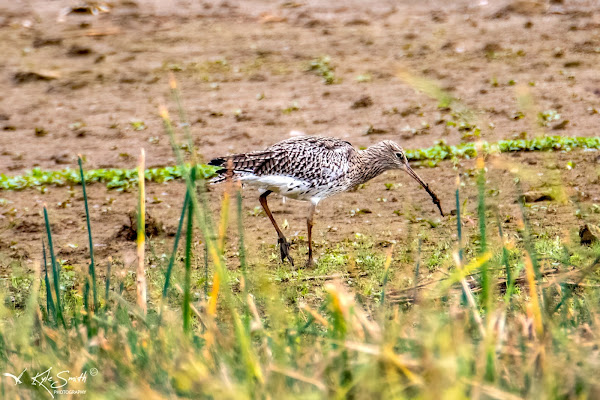



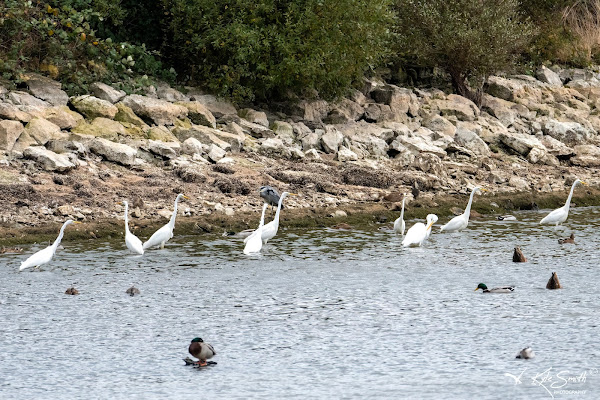










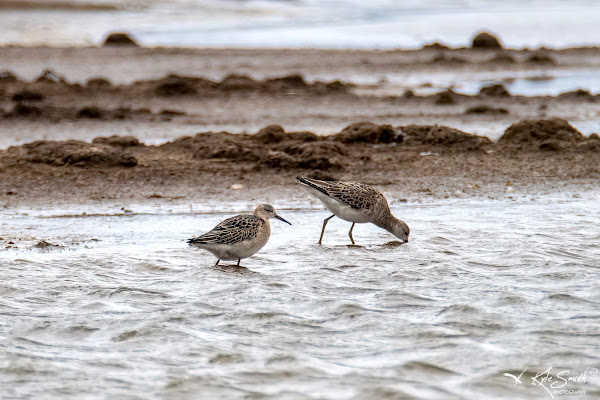


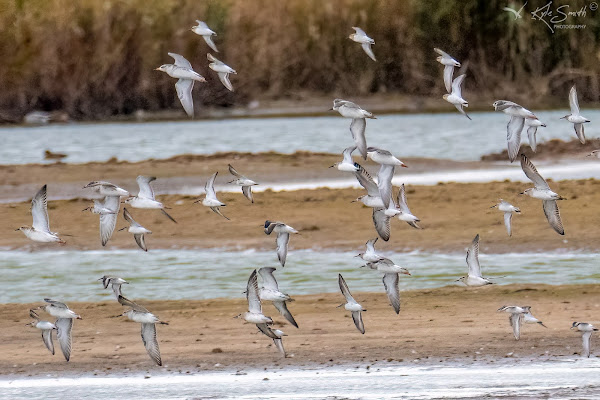

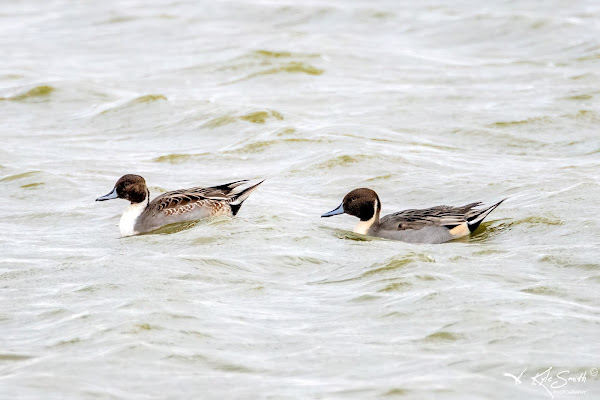


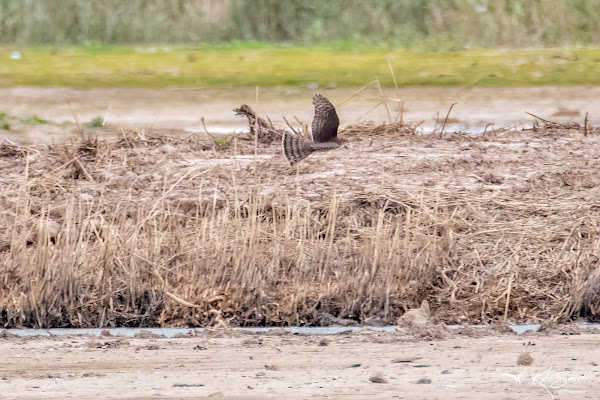


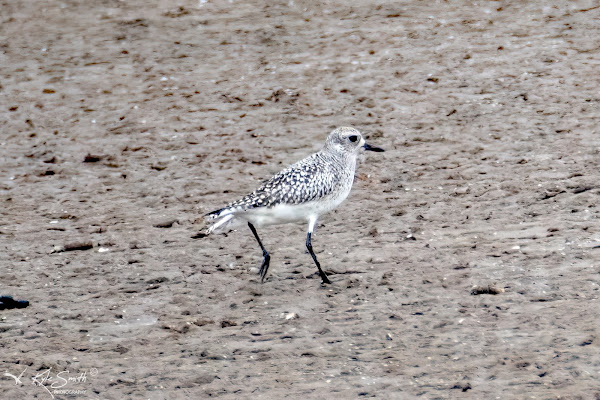

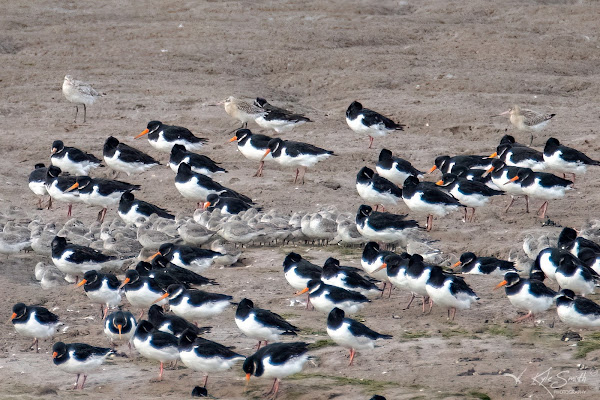

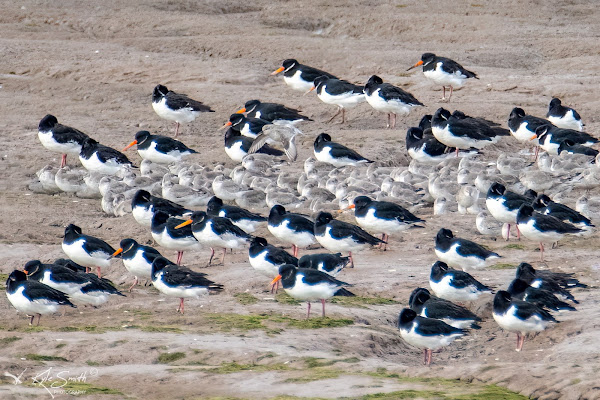
No comments:
Post a Comment